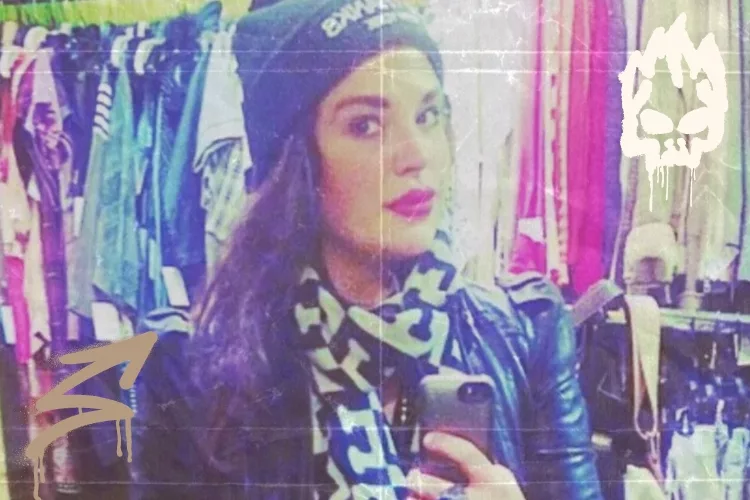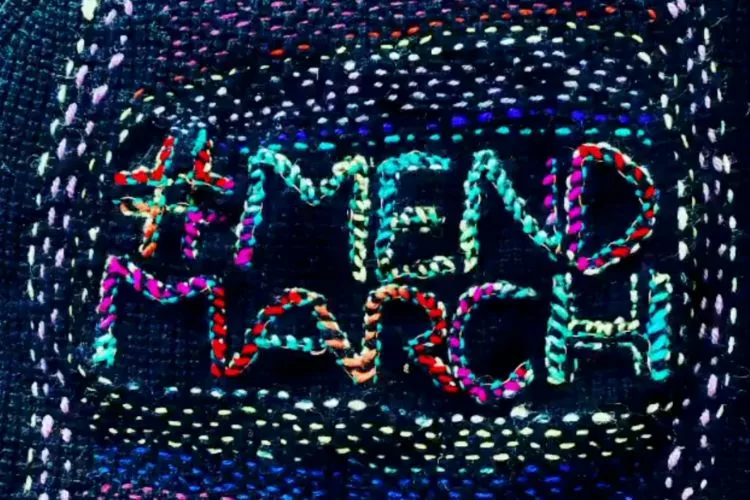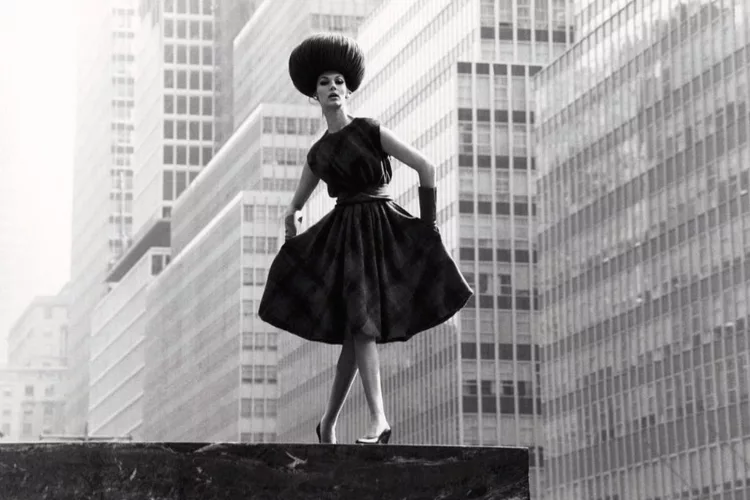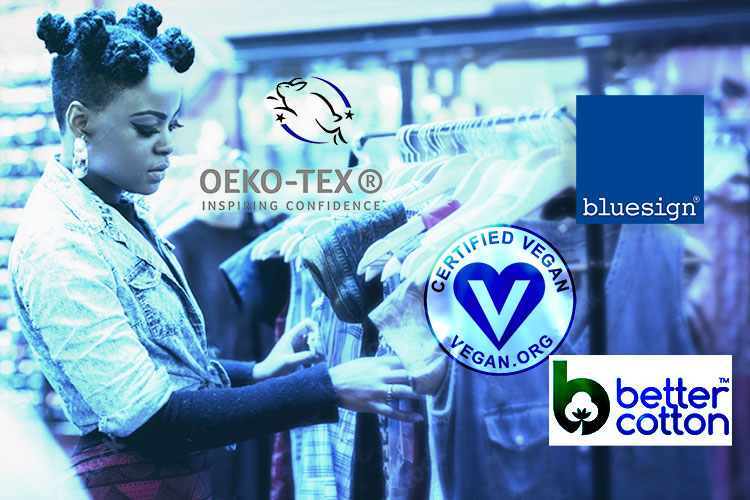No Kill’s Don’t Be Trashy series looks at how we deal with fashion-generated waste in New York City.
To address the issue of waste produced at the individual level, we recently featured a number of NYC-based non-profit operations that offer services for donating and disposing of used apparel responsibly. Keeping with the residential theme, today’s segment considers the business side of cleaning out our closets: the resale economy.
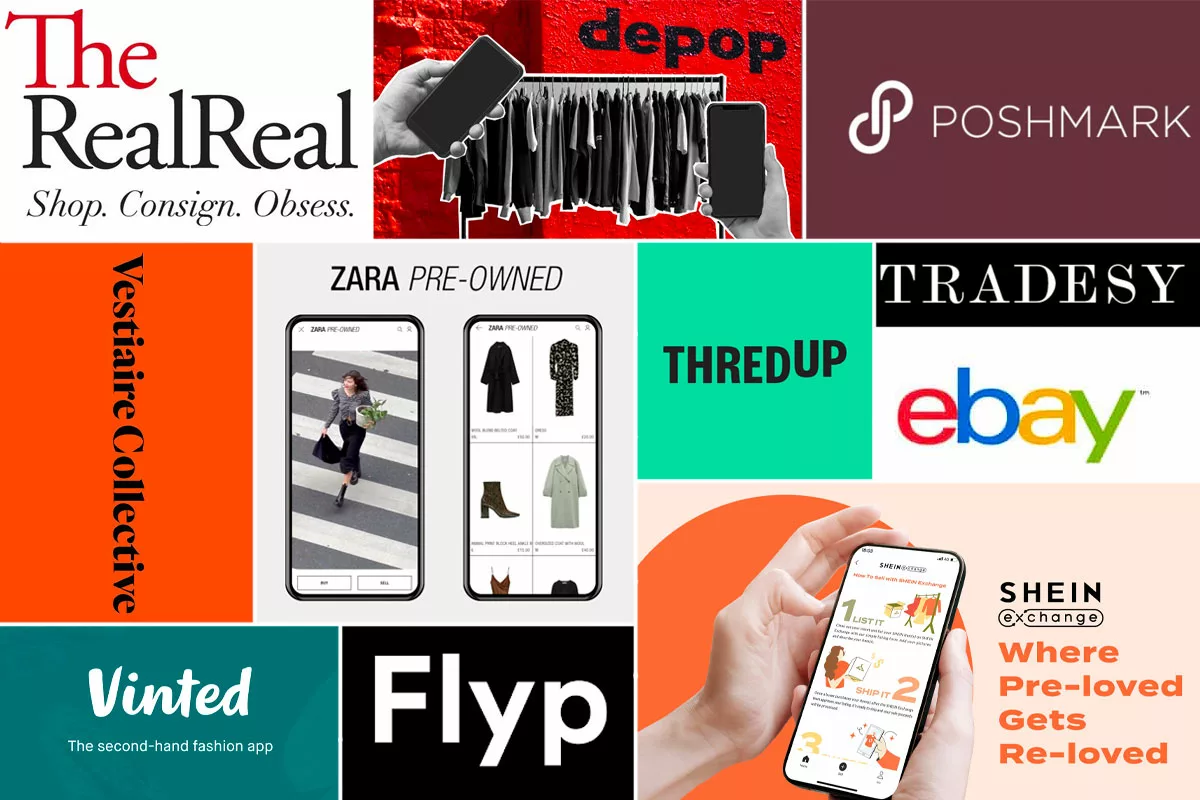
We are living in the midst of a resale renaissance. Once stigmatized as an economy reserved for those who couldn’t afford to buy new, online peer-to-peer resale platforms grew 25 times faster than the broader retail sector last year. The surge in popularity is easy enough to understand: resale fosters circularity, and buying second-hand keeps clothes out of landfill for longer. In a fashion climate where consumers are increasingly interested in sustainable solutions, it appears to be a no-brainer. But like so many of the green solutions we’re seeing play out, there are a lot of lingering gray areas that require further inspection.
Resale: Then and Now
Resale begins in 1995, when Pierre Omidyar launches Auctionweb, introducing it as “an online space dedicated to bringing together buyers and sellers in an honest and open marketplace.” In its first year, Auctionweb oversees over 7 million dollars in sales and changes its name to Ebay. 28 years later, Ebay and its successors are valued as a $100-$120 billion industry, expected to grow a further 127% in the next three years. And while much of the market share has until now been dominated by third-party platforms like Thredup and TheRealReal, we’re seeing more and more brands undertaking their own internal resale operations. Everyone from Gucci to SHEIN now boasts an in-house secondhand service – the latter says it “wants to provide a destination for SHEIN customers to become active participants in circularity.” Um. That’s like Mcdonald’s saying they want their customers to start campaigning for animal rights.
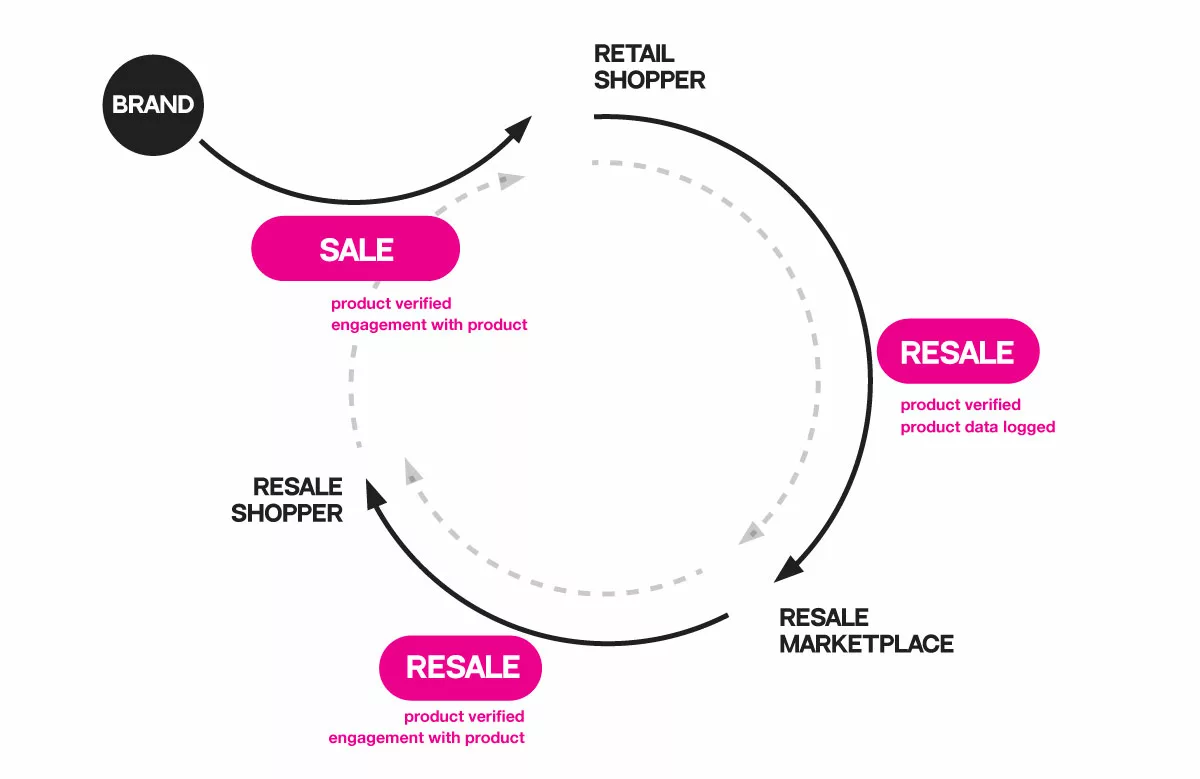
The basic business model for resale, whether a specific brand take-back program or a curated closet platform, remains the same: shoppers exchange their own used fashion items for credit (or sometimes cash), which they in turn use to shop the platform’s gently used inventory, and in some cases try rental or unsold, out-of-season stock. In a best-case scenario, these practices harness the power of technology to curb overproduction and overconsumption, particularly of new products made from virgin materials. This means lower carbon emissions and better impact-per-wear figures. They also foster new communities by creating spaces where like-minded thrift aficionados can connect.
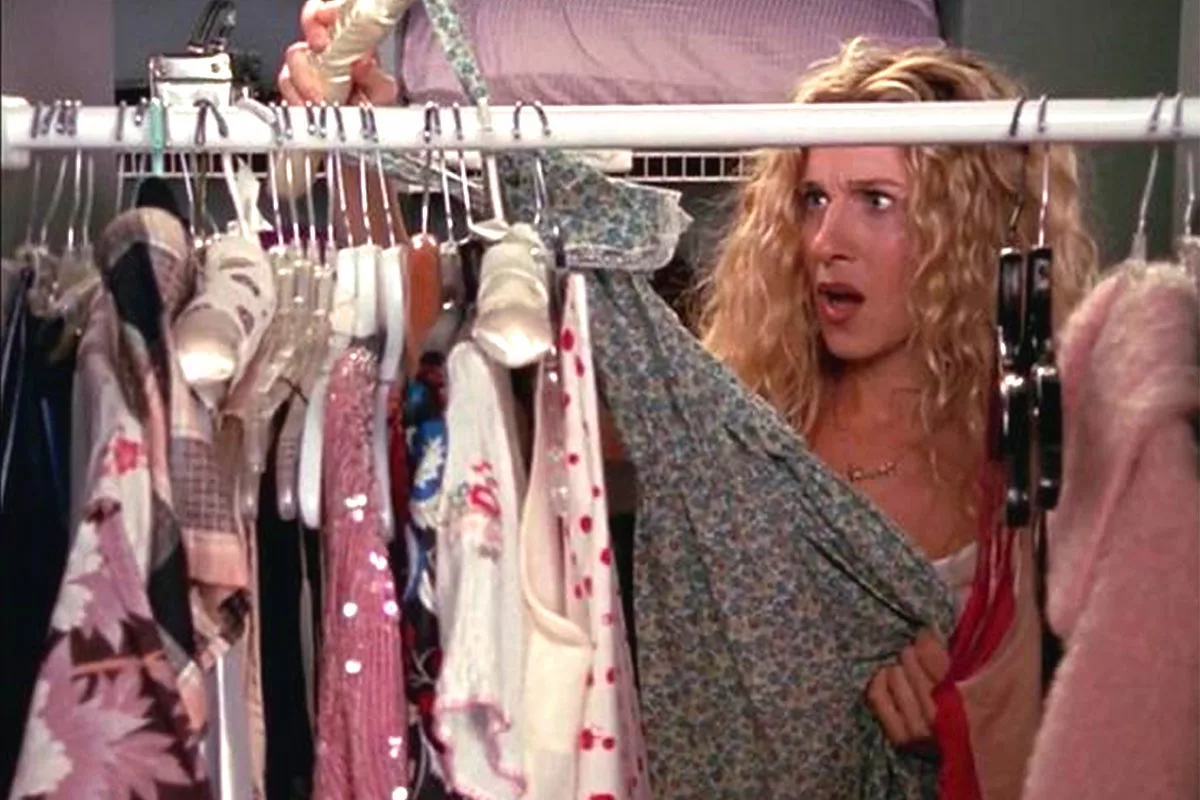
secondhand isn’t always sustainable
The wins for resale are obvious, but critics have pointed to several real-time dangers that dwell within the resale market. Most prescient is how in-house take-back schemes reassure shoppers that all purchases are guaranteed to be recycled or have a second life. When people are led to believe there are no consequences to their purchases, chances are they’ll be inclined to purchase more, thereby fueling the overproduction and overconsumption cycle. For resale to have an impact, brands need to fundamentally change their production models, but instead, they’re launching preloved platforms without reducing their overall output.
Put another way, brands are treating these marketplaces as add-ons – bonus profit-generators rather than fundamental, scale-back solutions.
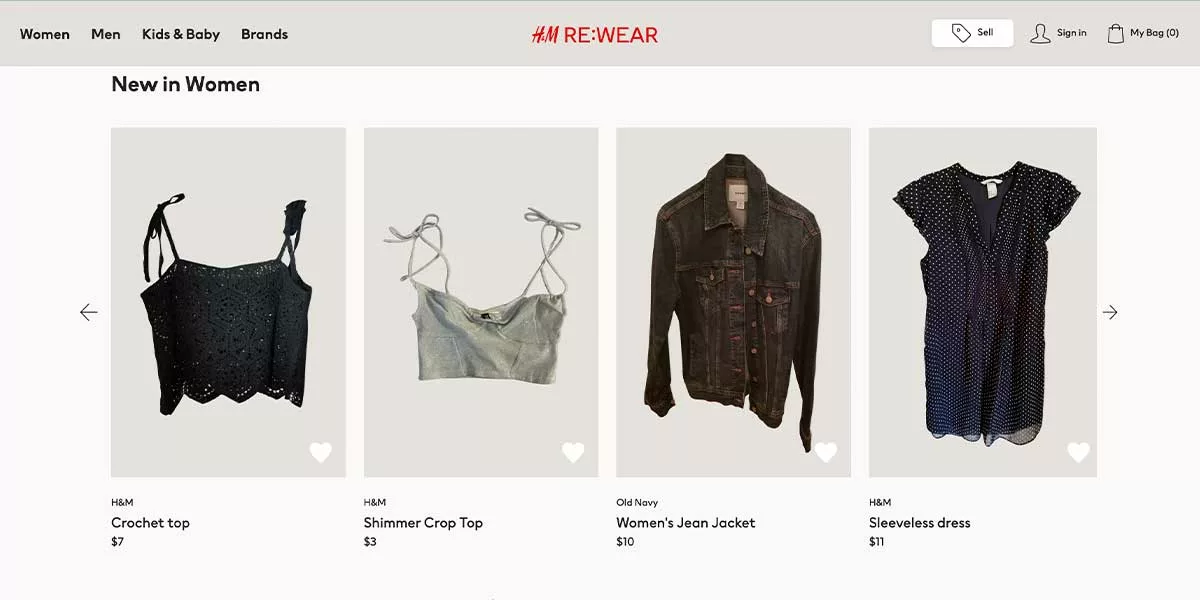
The consumer standpoint runs into similar issues: there’s mounting evidence that shoppers are using resale as a means of simply replacing one addiction (fast-fashion) with another (secondhand). A report from TheRealReal last year shows consumers buying and selling in these marketplaces at record speeds – switching the source of their consumption without reducing the amount of garments they burn through. So although resale is still better than the ultra linear buy-and-throw away model, it appears shoppers have just displaced from their harmful habits from one marketplace onto another. Watching phenomena like haul culture and micro-trends infiltrating Poshmark suggests that no real change has taken place since the circular market went mainstream.
Because of the inherently secretive and shady nature of the fashion industry at large, resale’s impact on the environment is really difficult to measure. A report from Thredup, published by Vogue Business last month, revealed that buying secondhand over new reduces carbon emissions by 25%. The report – the most comprehensive of its kind – took into account variables like transportation, logistics, and cleaning – all of which contribute to carbon emissions, and all of which increase as the shopper churn rate intensifies. Prior to the release of this report, the industry claimed that resale amounted to a carbon cutback of 82%. A discrepancy of 57 points – more than twice the figure itself.
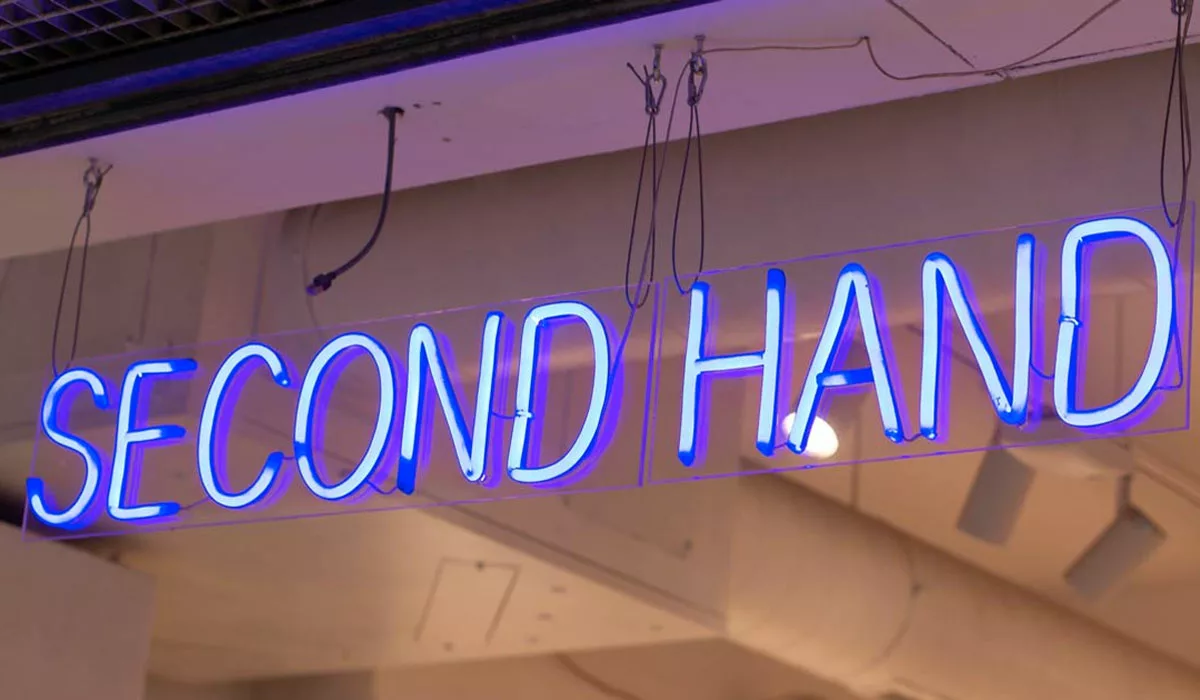
Responsible Resale
Treating the resale space like a carbon copy of the retail model that’s dominated the fashion landscape for decades (and drive it, literally, into the ground) without altering anything except the inventory ultimately undermines the enterprise’s potential to truly create change. But just because mega corporations are exploiting the secondhand market doesn’t mean we have to cancel the economy altogether: the environmental promises it makes can be made good if resale is transacted responsibly. And if you do a little research, you’ll know that there ARE platforms and people who are doing this – both in NYC and online. We wrote an earlier article that featured some of our favorite independent resale platforms, and for this segment, we turn our attention to individuals. Scroll to see our top resale role models.
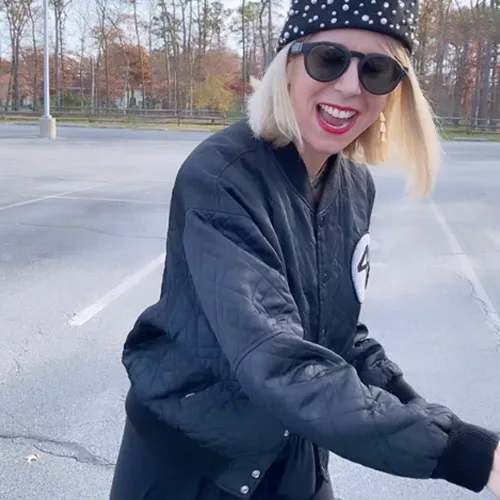
vintage boss babes
NYC thrift tours + vintage reseller
We first discovered @vintagebossbabes, aka Sammy Davis, when our editor Katya went on a thrift tour with her last summer. An organizer of thrift tours around New York City, Sammy wears several hats: tour guide, educator, personal stylist and entrepreneur – to name a few. With a sixth sense for spotting secondhand treasures, Sammy offers a resale experience that will have even the most doubtful of thrift newbies styled sustainably.
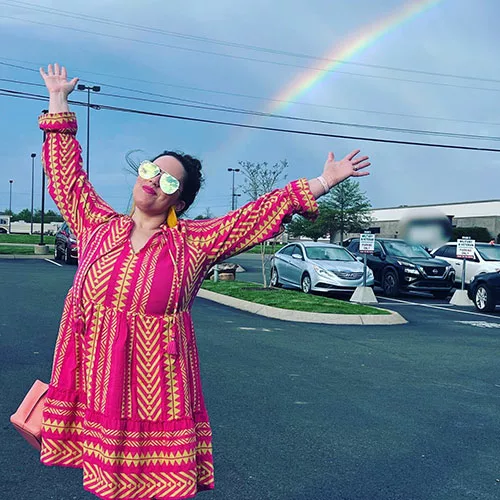
@repeatwares
IG reseller with: poshmark, thredup + independent sales
Known on IG simply as Suzanne, @repeatwares shares her thrift finds with us on the social platform, where she also has a link to shop her Poshmark closet. She goes beyond mere transactions though – she also uses her account to educate followers on the ins and outs of resale, address thrift FAQs, hold live Q&A sessions, and perhaps our personal favorite – fabulous style inspo.
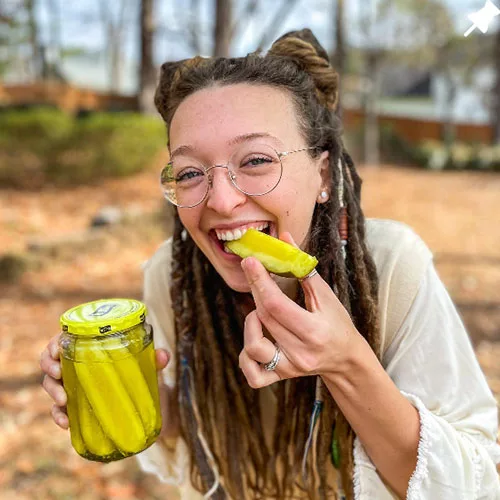
@PickedbyPickles
IG + reseller with ebay, poshmark + independent sales
Another reseller we would never have known about were it not for our love-hate relationship with social media is Pickles – a slow fashion devotee with a quirky sense of humor that comes through in her thrift memes and reels. Traveling the US in a converted school bus, Pickles scours secondhand across the country and ships coast to coast free of charge.
-steph lawson
RELATED ARTICLES
Don’t Be Trashy: NYC’s Waste Warriors
10 Best Online Stores for Vintage + Secondhand – According to Us
Exploitation, Endocrine Disruption + Endless Landfills: Why I’ve Stopped Shopping (New)
How You’ll Buy, Use and Sell Clothes in a Circular Economy


